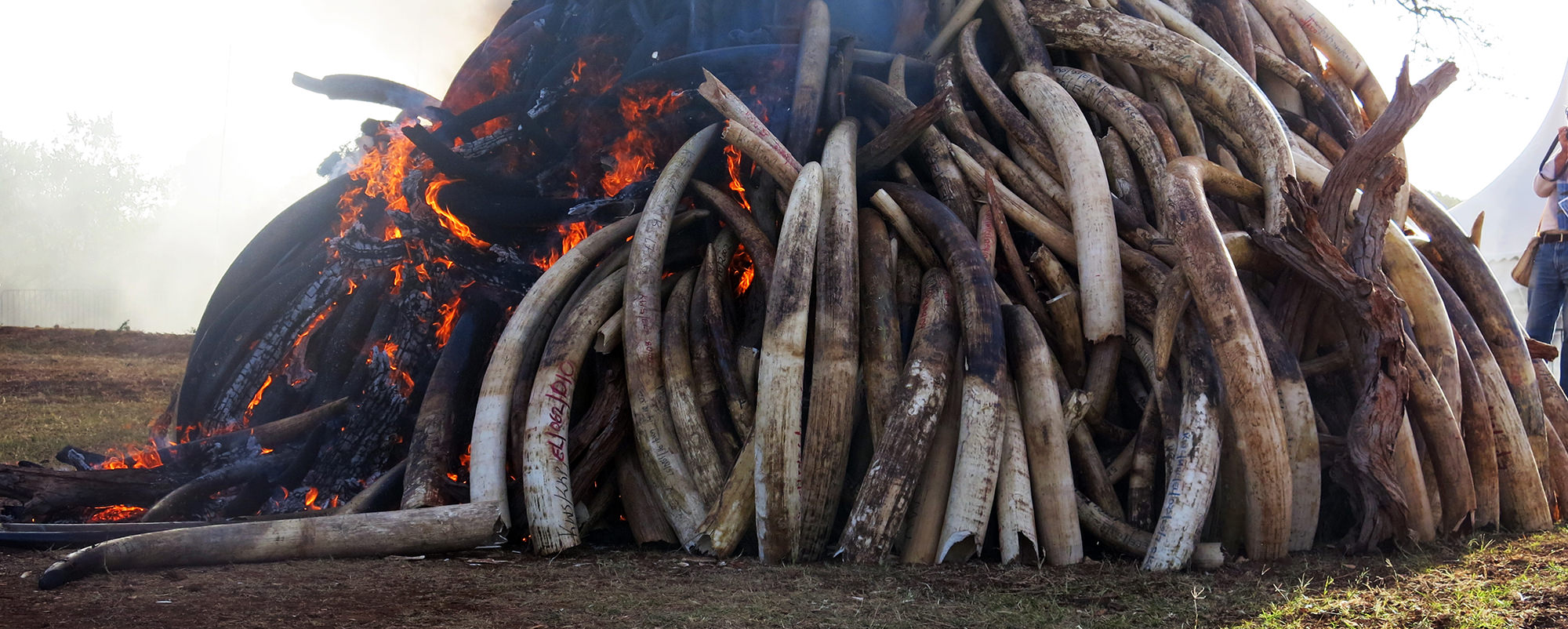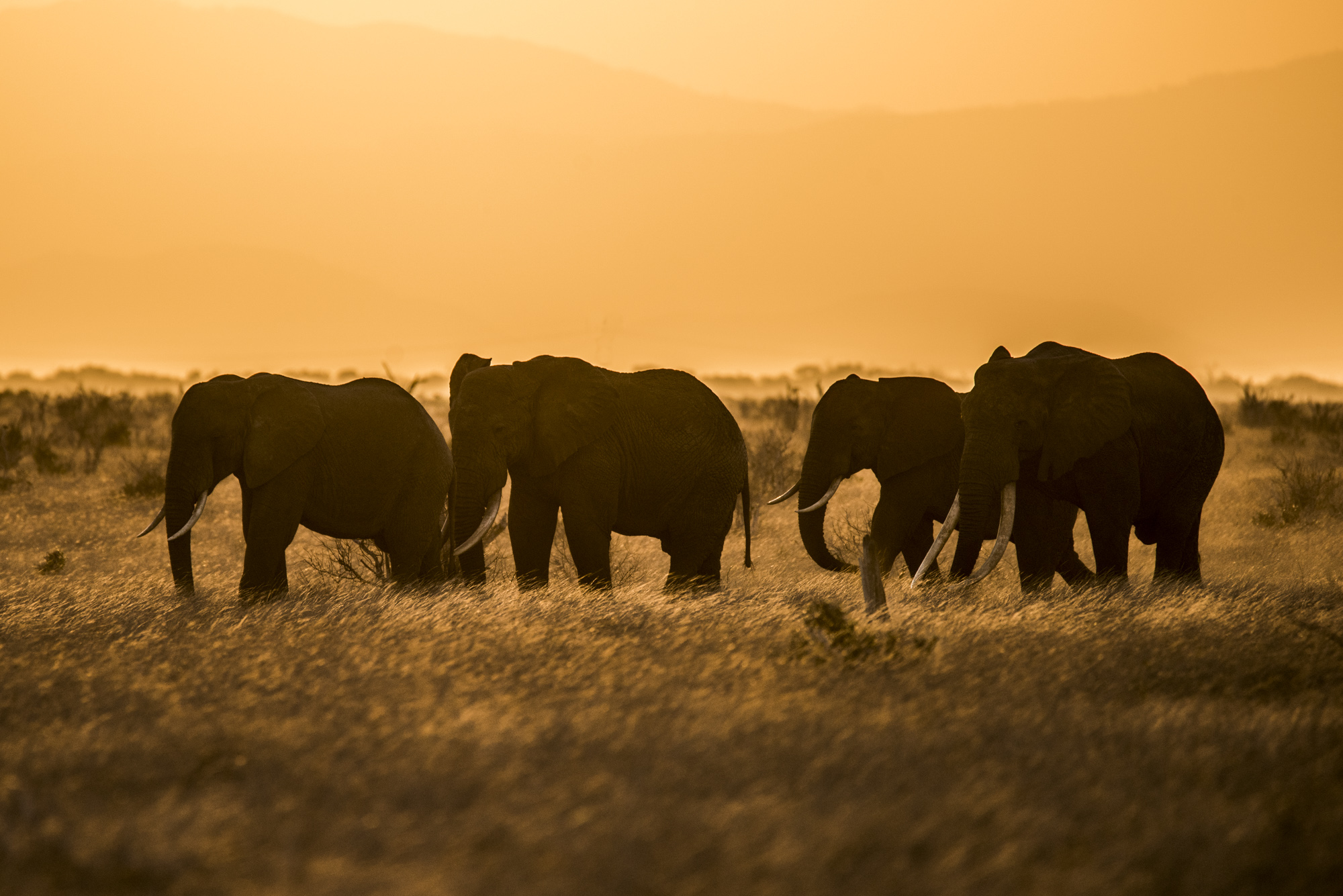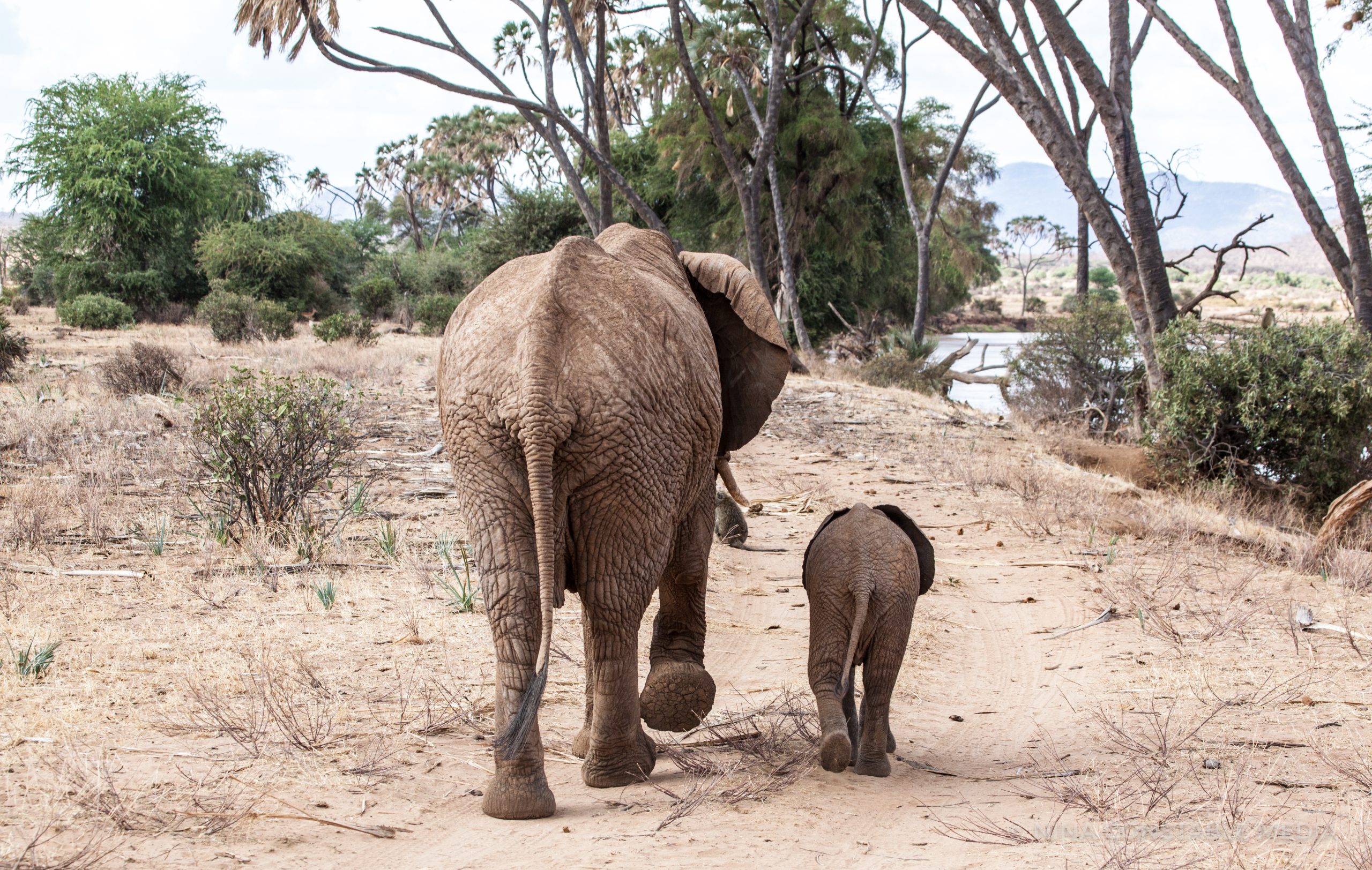Between 1979 and 1989, Africa lost half its elephants to the ivory trade, as revealed by a pan-African census led by Save the Elephants’ (STE) founder, Iain Douglas-Hamilton. Kenya responded by burning its ivory stockpile in 1989, and CITES imposed a global ban on ivory trade, allowing elephant populations to recover to an estimated 470,000 to 690,000 by 2007.
However, a 2008 legal ivory sale to China reignited poaching, with black market prices peaking at $2,100 per kilo by 2014. Conservation efforts escalated, and STE played a critical role with tools like the Wildtracks App and the establishment of the Elephant Crisis Fund (ECF). China’s 2018 ban on ivory sales marked a key victory, significantly reducing illegal trade.
While poaching has decreased, elephants now face growing threats from habitat loss and human-elephant conflict (HEC). In response, STE developed the Human-Elephant Coexistence (HEC) Toolbox, a collection of 80+ solutions for peaceful coexistence, shared through the ECF network. STE also works with communities to secure vital wildlife corridors, ensuring space for both livestock and elephants to follow seasonal rains across the landscape.






